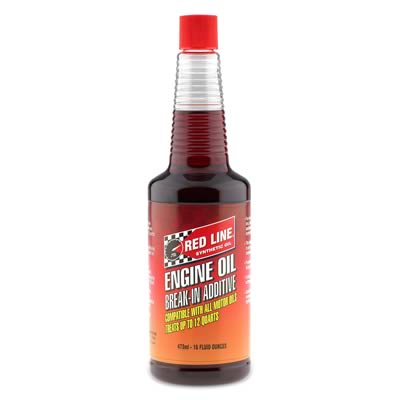Have you ever wondered why engine oil is red? It’s a question that many car owners ponder. In this article, we will explore the reasons behind the red color of engine oil.
The Chemistry Behind Engine Oil
Engine oil consists of base oils and additives. The additives in the oil play a crucial role in maintaining the engine’s performance and protection. These additives can vary depending on the brand and type of oil used. Some oils are naturally lighter, while others are naturally darker, resulting in different colors.
The Role of Additives
One of the main factors influencing the color of engine oil is the additives used in its formulation. For example, Signature Series Synthetic Motor Oil may have a slight reddish tint due to its unique additives. These additives enhance the oil’s performance and provide additional protection to the engine.
Oil Oxidation and Contamination
Over time, engine oil can change color due to oxidation and contamination. When the oil is exposed to high temperatures and undergoes multiple cycles through the engine, it tends to become dirty and darker in color. This can be an indication that the oil needs to be changed to maintain optimal engine performance.
Moisture Absorption and Corrosion
In certain cases, the presence of moisture can affect the color of engine oil. Moisture absorption and corrosion can cause the oil to turn red or brown in color. It is essential to address any leaks or improper engine temperature to prevent further damage to the engine.
What the Color of Engine Oil Indicates
While the red color of engine oil is generally not a cause for concern, it is essential to understand what different colors may indicate. Dark brown or black oil usually suggests that the oil is dirty and needs to be changed. Any significant shift in color may be a sign of potential issues with the engine.
Color Indications:
- Yellow-greenish color: Good engine oil
- Amber-brown color: Aging oil
- Dark brown or black color: Dirty oil or exposure to high temperatures
- Red or reddish tint: Presence of additives or moisture absorption
If you notice a significant change in your engine oil color, it is advisable to consult a professional mechanic for further inspection and recommendations.

Credit: www.summitracing.com

Credit: blog.amsoil.com
Conclusion
In conclusion, the red color of engine oil can be attributed to various factors such as additives, oxidation, contamination, moisture absorption, and corrosion. While the specific color may vary depending on the brand and type of oil, it is important to pay attention to any significant shifts in color as it may indicate underlying issues with the engine. Regular oil changes and proper maintenance can help ensure optimal engine performance and longevity.
